Pingtung County is the southernmost county in Taiwan, with its back to the mountains and its front to the sea. Due to its subtropical location, Pingtung has spring-like weather all year round. This place has many famous products such as juicy and sweet black pearl wax apples, chewy and delicious pig's feet, bluefin tuna... and is especially impressive for its glass art.
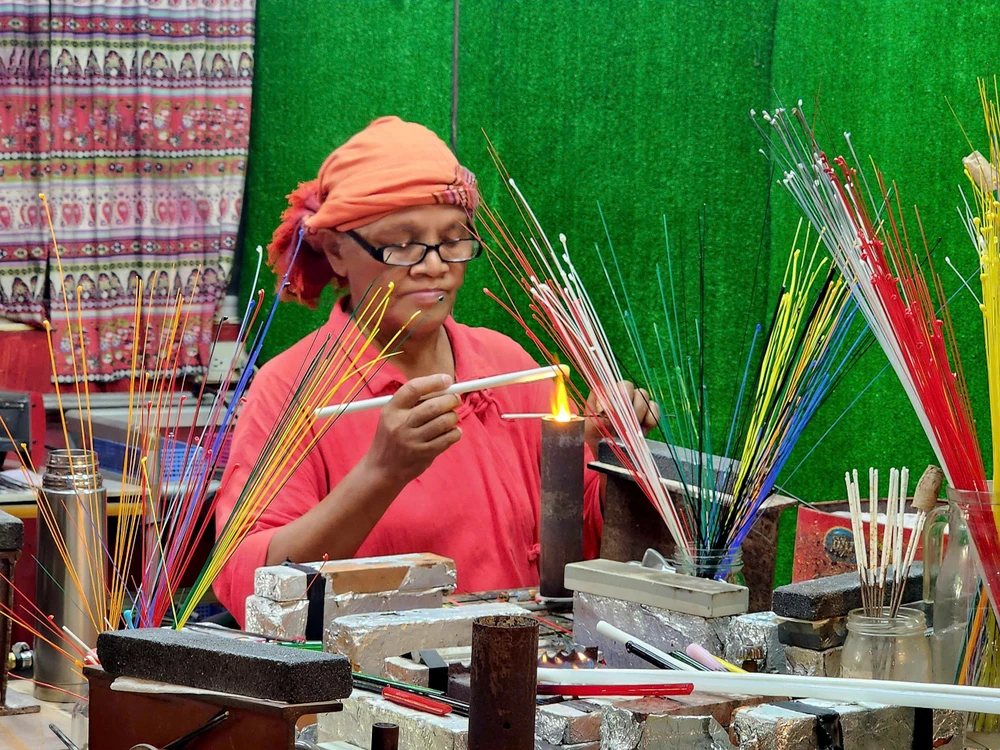
The glassmaking art of the Paiwan (ethnic minority) people of Taiwan is a precious part of their cultural heritage, playing an important role in the spiritual and social life of this ethnic group. In Paiwan culture, glass beads are one of the three important treasures, along with bronze knives and ceramic vases. Glass beads are not only decorative items, but also carry deep symbolic and spiritual meanings, representing wealth, social status, and are deeply connected to ancient legends.
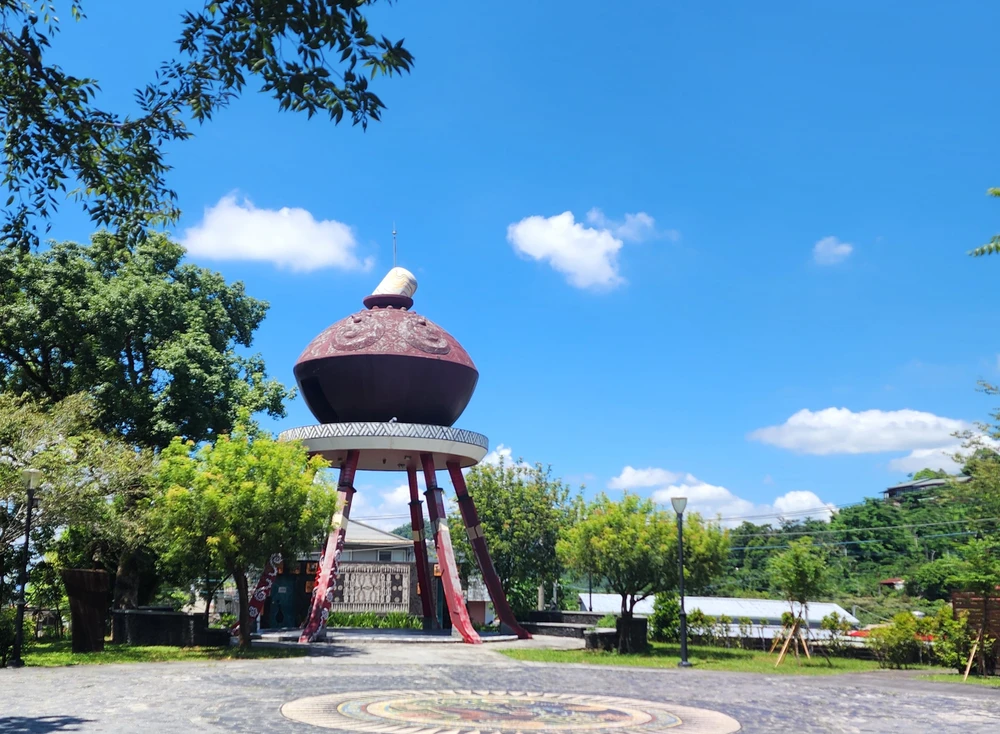
Paiwan glass beads have been around since ancient times and there are many different stories about how they came to be. One theory is that they were a divine gift from their ancestors, passed down through generations, becoming a symbol of wealth and power in society. In many Paiwan aristocratic families, glass beads were passed down from generation to generation, used in marriages, as dowries or as gifts in important ceremonies. Therefore, glass beads carry the power to connect the past, present and future, creating a continuous flow of life, just like the rainbow symbolizes the harmony between heaven and earth.
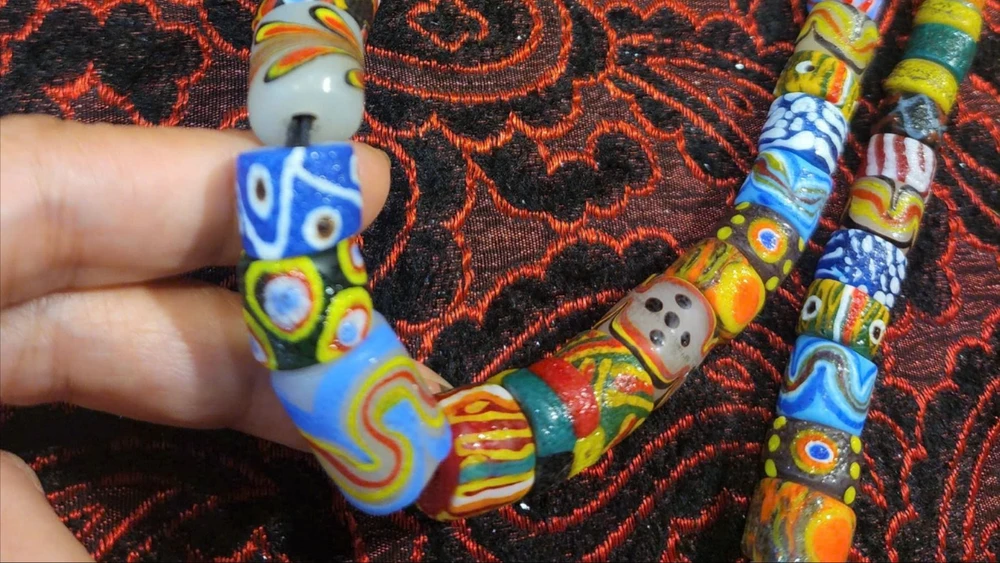
Each bead is meticulously designed, not only as a work of art but also as a story about the life, virtues and cosmology of the Paiwan people. Glass beads thus become an invisible language, telling the long-standing cultural stories of the tribe.
There was a time when the traditional Paiwan glass bead making art was lost and seemed to have disappeared, but thanks to the joint efforts of a number of local artisans, they researched, revived and developed this technique. Recreating the traditional glass bead making technique was not easy. However, their efforts have opened up job opportunities for the Paiwan community.
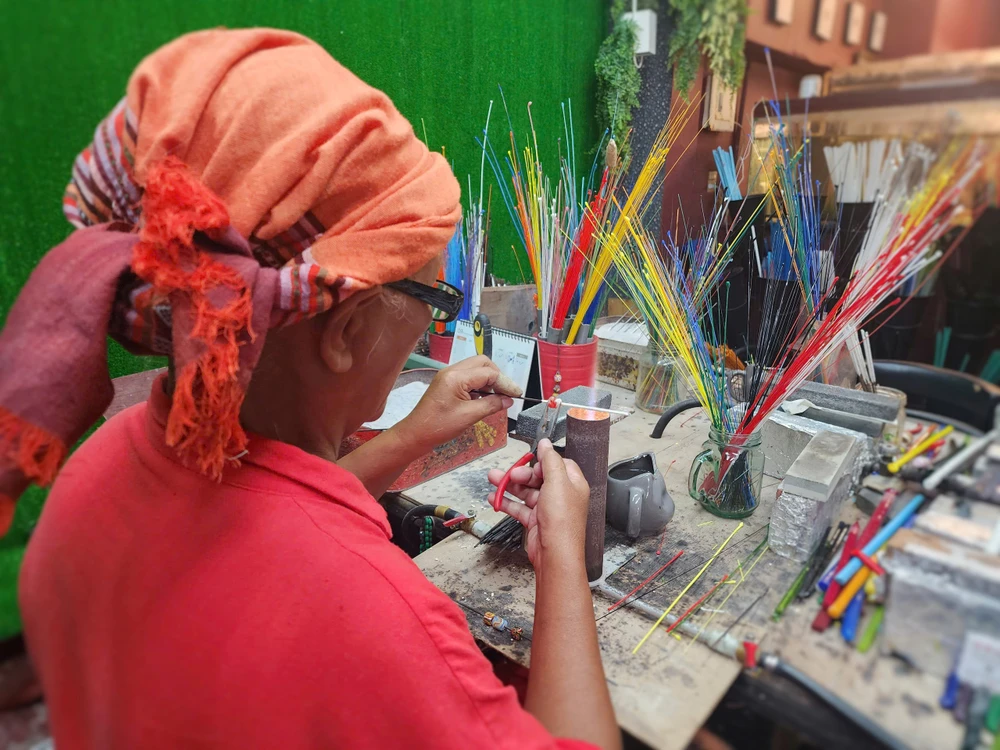
Small craft workshops began to appear, incorporating glass beads into textiles or incorporating glass bead stories into traditional dances. Today, the art of glass beading has become an integral part of Taiwan’s cultural and creative industries, helping to preserve cultural heritage and improve people’s lives.
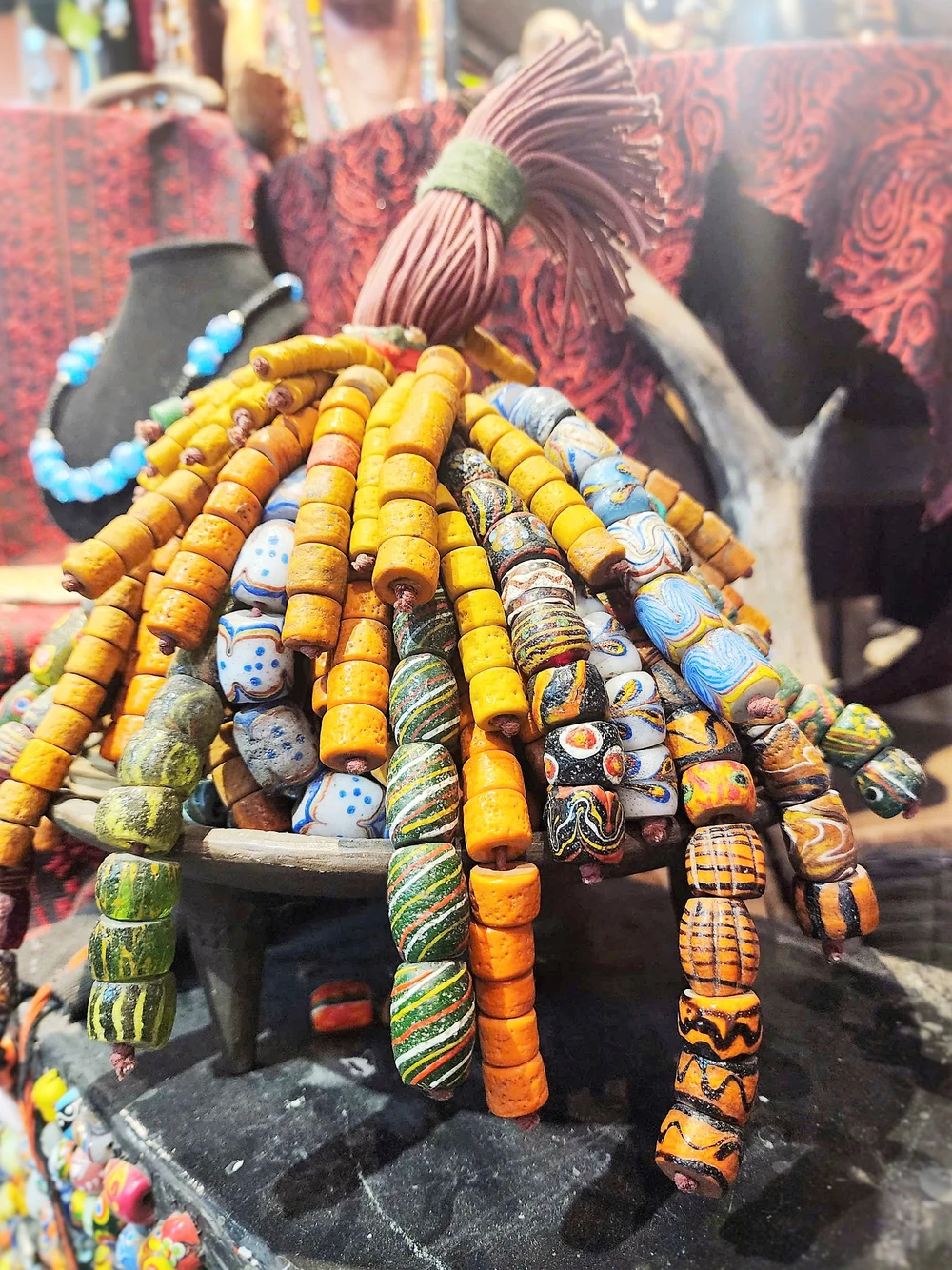
One of the unique features of glass beads is the diversity of their forms and meanings. There are more than 30 different types of beads, each with its own story and meaning. There are beads that symbolize eyes and have the meaning of protection; beads that simulate the image of peacocks, symbolizing love and pride; beads that symbolize ingenuity… This diversity shows that the art of making glass beads does not stop at aesthetic value but also contains profound philosophies about life and the universe of the Paiwan people.
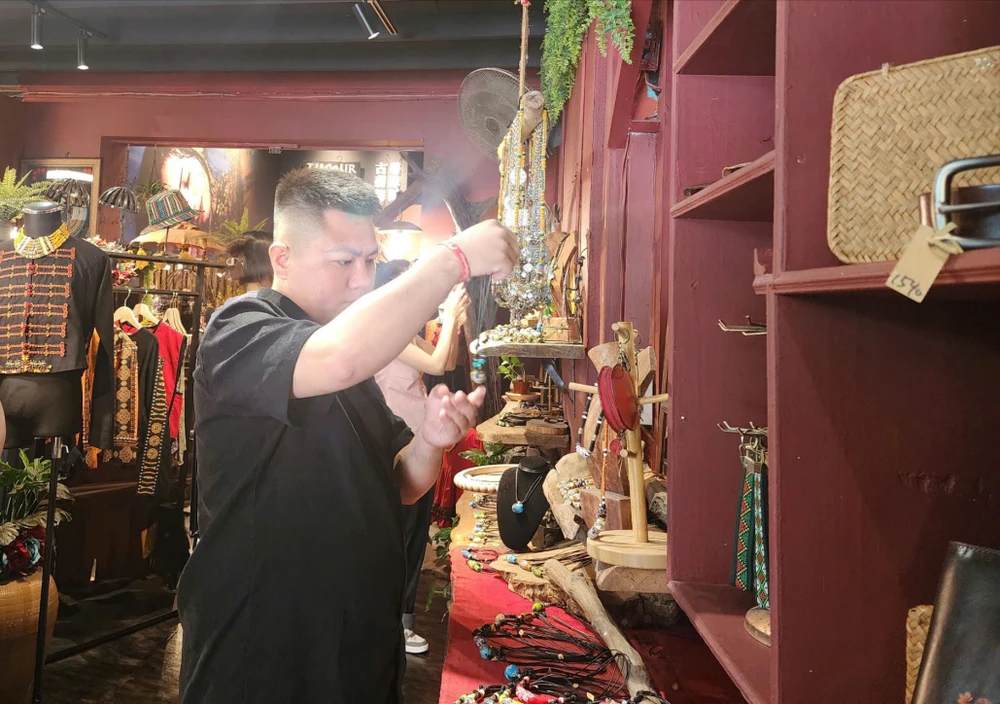
Beyond the Paiwan tribes, the art of glass beading has spread, creating unique designs and patterns that reflect the richness and diversity of indigenous culture. The art of glass beading is not only a simple craft but also a bond between communities. Creating jewelry from glass beads together helps strengthen the relationship between tribe members, creating cohesion and pride in national identity. In particular, with the development of technology and the internet, glass bead products have been widely marketed, helping artisans access the global market and preserve this precious heritage for future generations.
MAI AN
Source: https://www.sggp.org.vn/nghe-thuat-che-tac-hat-thuy-tinh-cua-nguoi-paiwan-post759321.html














































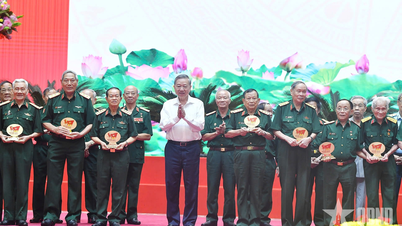




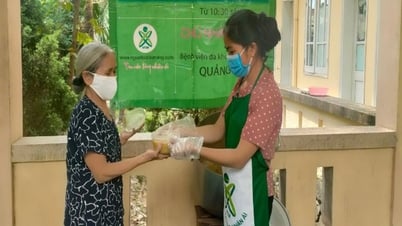

































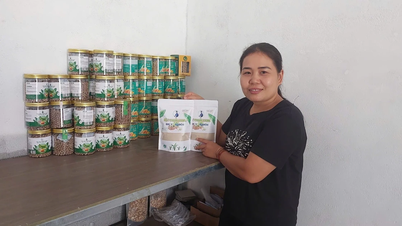

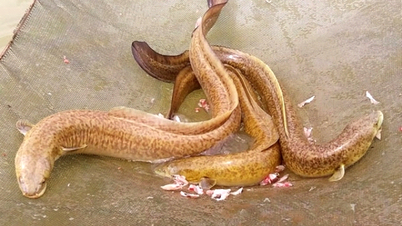








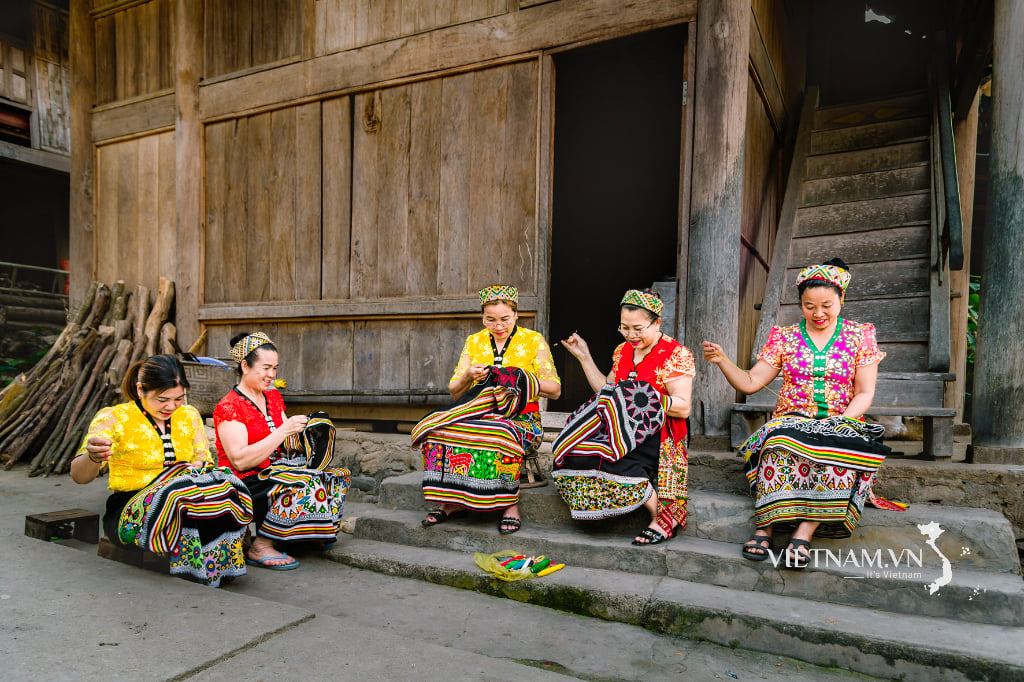

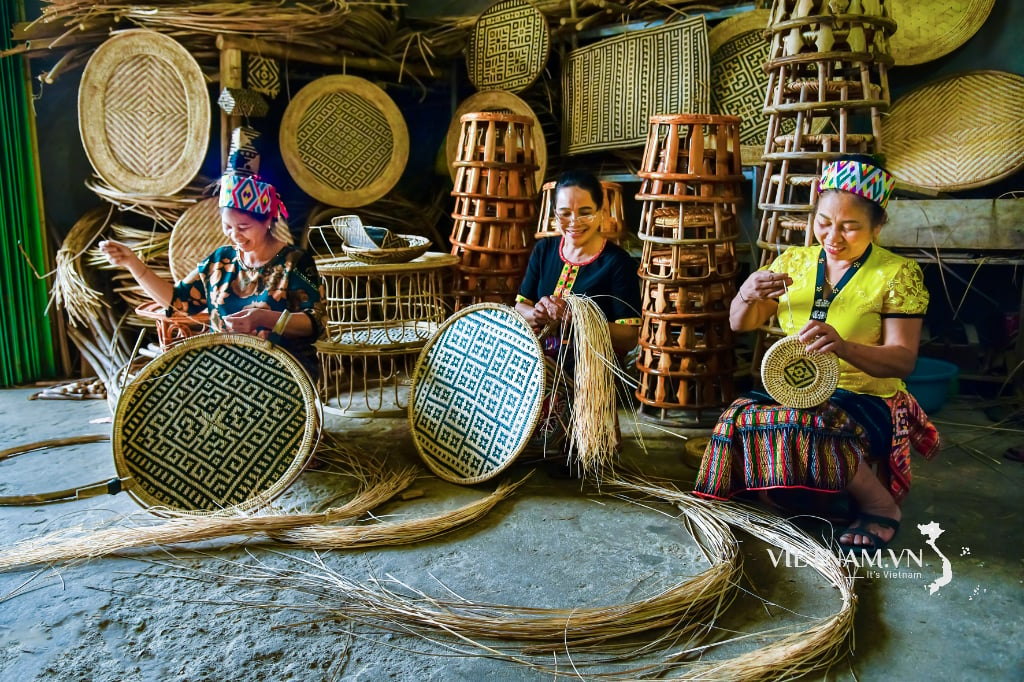

Comment (0)